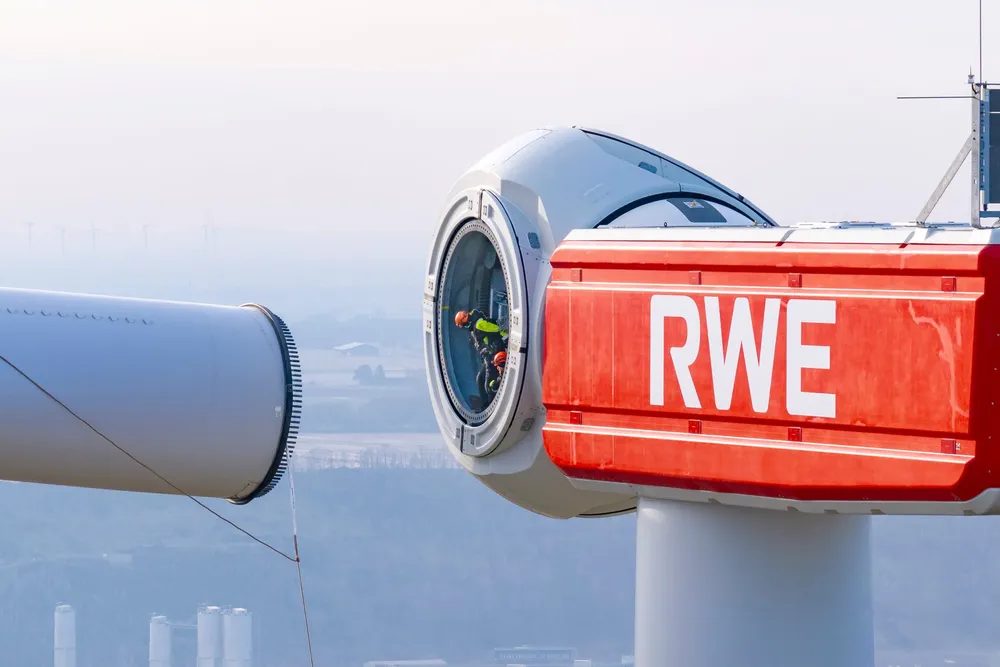RWE pulls plug on major offshore wind farm project
German developer follows Norway’s Equinor in pulling out of major Australian offshore wind projects in recent months

RWE has dropped an up to 2GW offshore wind farm project that the German power giant was planning to develop off Australia.
The developer posted a statement on its website that, “after close to a year of feasibility studies, RWE has made the considered decision to cease development of the Kent offshore wind project off the Gippsland coast in Victoria.”
“This decision follows a review of the project’s competitiveness in current market conditions, as well as ongoing uncertainties around supply chain costs and the future design of the auction framework.”
RWE stressed that the decision “relates solely to” the Kent offshore wind project.
RWE said that it is “continuing to develop, build and operate a diverse pipeline of renewable energy projects across Australia.” That includes a portfolio of onshore wind projects, with three that are gigawatt-scale, and battery storage facilities.
Although the statement is not dated, an RWE spokesperson confirmed it was posted on 10 October.
RWE secured a feasibility licence for the development of the project close to Australia's Kent Group islands last year. RWE said the awarded lease area had potential to host up to 2GW of wind capacity, with a project planned to come online in the early 2030s.
Simon Engfred, regional lead analyst for the Asia-Pacific at Denmark’s Aegir Insights, said that RWE’s decision to put the Kent project on hold is the “latest blow” to Australia’s offshore wind development, which has seen “significant bumps in recent months.”
But Norway’s Equinor, which had already quit several projects in the market, pulled the plug on a 1.5GW site to be located off Tasmania and a 2GW floating project off New South Wales.
The Gippsland offshore wind zone off the state of Victoria has been seen as Australia’s best bet for offshore wind development, with a Contracts for Difference (CfD) auction scheme in place and fierce competition for projects.
Projects advancing in the Gippsland zone include Star of the South, Australia’s 2.2GW trailblazer that is backed by global developer Copenhagen Infrastructure Partners (CIP) and is one of 11 projects to get feasibility licences in the region.
“The delayed CfD auction has clouded the timeline for projects with lack of clarity on the share of funding between the state and federal government – and RWE’s decision should be seen in the context of this,” said Engfred.
“While it is expected that the CfD auction will eventually move forward, projects are getting pushed back and need to reassess their development activities under the current conditions.”
(Copyright)